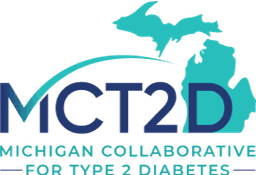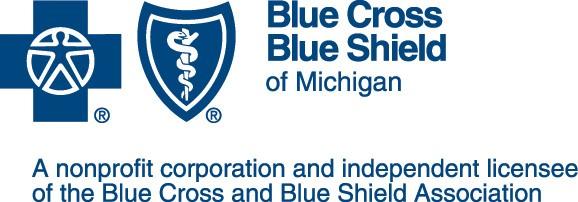ABOUT
SPECIALTY CARE

ADA 2024 Poster: Trends in Guideline-Directed Medical Therapy for Type 2 Diabetes in a Statewide Quality Collaborative Between 2018-2023
Updated: 06/22/24
Presented at the American Diabetes Association Scientific Sessions, June 24, 2024, Orlando, Florida.
Poster Title: Trends in Guideline-Directed Medical Therapy frorType 2 Diabetes in a Statewide Quality Collaborative Between 2018-2023
DOI: 10.2337/db24-1073-P
Authors:
Kara Mizokami-Stout, MD [1,2]
Katherine L. Khosrovaneh, MPH [1]
Neha Bhomia, MHI [1]
Heidi L. Diez, PharmD, BCACP [1]
Dina Griauzde, MD [1,2]
Noa Kim, MSI [1]
Joyce M. Lee, MD [1]
Lauren Oshman, MD, MPH [1]
Jacqueline Rau, MHSA [1]
Jacob Reiss, MHSA [1]
Larrea Young, MDes [1]
Julian Weisensel, BFA [1]
Rodica Pop-Busui MD, PhD [1]
Affiliations:
[1] University of Michigan, Ann Arbor, MI, 48109
[2] Veteran Affairs Ann Arbor Healthcare System, Ann Arbor, MI 48105
Introduction and Objective: Since 2021, the Michigan Collaborative for Type 2 Diabetes (MCT2D) aims to improve guideline-directed medication therapies (GDMT) for type 2 diabetes (T2D). We examined trends in glucagon-like peptide-1 receptor agonist (GLP-1RA) and sodium-glucose transport protein 2 inhibitor (SGLT2i) prescribing rates comparing primary care (PC) and endocrinology (Endo) practices enrolled in MCT2D.
Methods: We analyzed pharmacy claims data from adults with T2D insured by Blue Cross Blue Shield of Michigan Preferred Provider Organization and Medicare Advantage plans who received care in an MCT2D-participating practice (PC=300; Endo=19) between 2018-2023. Descriptive statistics were used to examine differences in pharmacy claims for anti-hyperglycemic medications.
Results: From June 2022-June 2023, among 38,437 persons with T2D (PC=37,361; Endo=1,076), 26% and 41% had claims for GLP-1RA and 19% and 37% for SGLT2i, respectively. Compared to 2018 prescription rates, GLP-1RA increased by 17% and 22%, while SGLT2i prescriptions increased by 15% and 28% in PC and Endo practices respectively (Figure 1).
Conclusion: Among practices participating in a statewide collaborative to improve treatment and outcomes for people with T2D, the use of GDMT has increased since 2018. SGLT2i use is similar and GLP-1RA use is 2-3-fold higher than rates reported in other studies.
Tags: Research, Created By MCT2D


